Hello, all! For this week’s interview, we’re heading away from the Bay Area and into California’s agricultural heart to talk to Brian Fiscalini, the CEO of Fiscalini Farms and Cheese Company. I first met Brian at the Cheesemonger’s Invitational, and we later spoke about his family’s history in California, his experience growing up on a farm, and the foods his family makes. He also shared the family’s fantastic macaroni and cheese recipe, which uses three of their flavorful cheeses. (You’ll find it below, at the end of the interview.)
Brian is a fourth-generation California dairy farmer, and he and his family have also been making cheese since 2000. Fiscalini Farms is notable for their environmental practices: All of the waste produced during the cheesemaking process goes into a methane digester that converts it into electricity, and they use the remains of the manure to fertilize their fields, which helps sequester more carbon by producing more grass. (According to the Marin Carbon Project, if 50% of California’s rangeland was augmented by ¼-inch of manure, it would sequester the same amount of carbon produced by all household and commercial activity in the state.) The farm is currently working through the process of becoming certified as carbon-neutral or carbon-negative. They’re also animal welfare certified.
Here is my interview with Brian, condensed and edited for clarity and grammar:
Brian Fiscalini
We’ve got a pretty cool story. I enjoy telling it, because it’s pretty neat.
Our family started off in Switzerland, in a small town called Lionza. And in the late 1800s, my great-great grandfather and his parents immigrated to the United States. They settled in Cambria, which is along the Central Coast of California, where they started dairy farming. They were farmers and dairy farmers in Switzerland, and I think they felt that the United States and California had greater opportunities for them. There was a very prominent Swiss-Italian community along the Central Coast. In Cambria and San Louis Obispo there were actually a lot of dairy farms on the coast at that time as well. We still have distant cousins that live in Cambria and are still, to this day, cattle ranchers.
My great-grandfather—his name was John B. Fiscalini—he took some irrigation courses at what was then called the San Louis Obispo College, which is now Cal Poly. That was his major, and he learned about a system of dams that were going to be constructed in the Modesto area. So, he had the foresight to look at what was then mostly a desert, in Modesto, and to realize that with this new irrigation system (which was going to go through the entire Central Valley), the land in Modesto would become much more valuable. So, he was able to buy, I believe, 160 acres. I don’t know the purchase price or anything like that, but what we’ll say is he bought 160 acres of land very cheap because he knew about the potential of irrigation and how that was going to make that land more fertile.
He finished his agricultural degree in 1910 or 1911. In 1912 he purchased the land in Modesto, and then in 1914, he purchased cows and began dairy farming.
From 1914 to the year 2000, we sold all of the milk that the farm produced to what we could call creameries or processors. We’ve had several over our history, from Safeway to Nestle. I believe there was even a time period when we were members of a local co-op, long before I was born.
Why we started making cheese is an awesome story that goes back to when my dad was a kid. There is a memory that he recalls very vividly: He was in the grocery store with his father, my grandfather, and he asked my grandfather, “Where in this store is our milk?” And my grandfather said, “Well, you know, a little bit of it could be in that can over there, and a little bit of it could be in that can over there.” And my dad, as a young boy, was very curious, and he said, “Well, how come it doesn’t say our name on it?” He didn’t understand how all of that worked, but from a very young age he felt like he wanted to know exactly where our milk was and exactly what it was being made into.
He started our cheese business for a few reasons. One of the reasons was he wanted to be in more control of our destiny. When you’re a typical dairy farmer that has a relationship with a creamery or a processor, you really have no control over the price that you’re going to receive, we really don’t have any control over the costs of the different feeds that we feed our cows, so it’s a very volatile business, and you’re a price taker, not a price maker. By starting the cheese business, he knew that we were in charge, and we could charge whatever price we wanted that the market would accept for our cheeses. But I think the main reason was more of a sense of pride, of knowing that the milk stayed on the farm and that we made it into our own dairy product that had our name on it, so that it could show all of the hard work that it took.
When we started cheesemaking, there was one other gentleman who was our head cheesemaker at the time, and myself; we were the two people that were attempting to make cheese. In the year 2000, I would have been 14 years old, so I was not a cheesemaker, I was merely a helper. I’ll be honest, it wasn’t much of a choice. We started our cheese company out with a very low budget, so my labor was free, and that’s how the selection took place. I had learned a lot of the dairy farm jobs working with my dad and helping him out afterschool and on weekends and during the summer. But I was brand new to cheesemaking. Cheesemaking was an entirely new concept to our entire family.
I was just helping this gentleman named Tom Putler, who was our very first cheesemaker. I cannot tell you where he got the recipes. I’m sure it had to be from one of the universities that had recipes that they would just give you for free; probably one of the schools that had a good dairy science program. He was a brand-new employee to us. He was a chef who had taken some cheesemaking classes, and he was a brand-new cheesemaker as well. So, he did not have a ton of traditional cheesemaking experience either.
The first cheese that we sought out to make was fontina. We followed the fontina recipes that we had access to, we thought it was a pretty decent tasting cheese, and we entered it into several cheese competition. That very first cheese competition that we entered it into, the judges came back to us and said, “We’ve got good news and bad news. The good news is, you’ve won a gold medal for this cheese that you entered into our competition. The bad news is, it’s not fontina, and it doesn’t fall into any other of our cheese categories, so you accidentally created a new cheese.” And that cheese today is known as our San Joaquin Gold.
We were making San Joaquin Gold, and we were also making cheddar cheese in 40-pound blocks. And we were starting to develop a pretty decent name for ourselves, even in our early years of cheesemaking.
At this point my father is retired, but, like in any family business, he’s still the big cheese. And then my sister and I are partners in the cheese business, and my dad and I own the dairy.
I always knew that I had an opportunity to join the family business. I don’t think I always knew that that was what I wanted to do. I was on a track to actually become a CPA. But my father was starting to get a little bit older, and this business, it takes a lot out of you. So, I think he was looking to slow down, and we had to have some conversations where he wanted to know how serious I was; if I wanted to come back to the family business. One time he made a comment of, “Well if you don’t want to come back and run the family business, than it’s probably the time to sell everything.” And I just couldn’t really accept that that might actually happen. So I came back into the business, and I’ve been here ever since.
I was born here in California, and I went to college at San Luis Obispo Cal Poly. Then I went to work in Wisconsin for one year, so that’s the only year that I’ve been out of California. My wife, Danielle, comes from a dairy farming family from Hanford, California, and we met after I finished college, after I came back from Wisconsin. It was pretty nice to marry someone who already knew the stresses of what goes into dairy farming and the fact that when a water line breaks, I might be at the dairy for a couple hours longer than is expected.
I’ve got a nine-, eight-, and six-year-old. My wife really enjoyed growing up on a dairy as a kid, I enjoyed it, and we really wanted our kids to have the opportunity to grow up in the country. You’re going to get dirty, you’re going to have land to roam around. It’s kind of like the Wild West. I can’t think of any better way to grow up.
Right when Covid started—my son would have been seven at the time, he’s my oldest—I had him coming to the diary with me on the days that our veterinarian would come, and I had him helping me out. I taught him how to drive a tractor at that age. You know, I had much more time to spend with my kids, because they weren’t in school. So, we did a little more work around the farm as a family. And my kids are getting close to that age. I started driving loaders and tractors at a pretty young age, and I just think it’s great that my kids are going to have the opportunity to start driving tractors pretty soon and helping out. I always thought it was really cool. One of my pickup lines for girls when I was in high school was, “When I’m done with school, I’m going to go and drive a tractor.” There’s that Kenny Chesney song “She Thinks My Tractor’s Sexy,” so that’s a great pickup line.
I think my kids are interested in what I do. I’m trying to give them the same luxury and freedom that my father gave myself and my sisters. He didn’t put any pressure on us to work at a young age or to be really involved in the business. He kind of wanted to see where we would go and what things we were passionate about and what things we enjoyed. I’ve always enjoyed getting dirty. I enjoyed driving tractors. But I want my kids to have fun and be kids. They’re all playing sports right now, and they’re doing all that stuff. They’ve got their entire life to work hard. I don’t want to put any unnecessary pressure on them, but nothing would make me happier to have one or all three of our kids have a part in our business.
Both of my grandparents on my father’s side were depression babies. They grew up during the Great Depression. So food was a luxury. It was never wasted. Whatever was put on your plate, you had to finish. My grandparents were very, very frugal people. So, I will say, my experience of my grandparents, the culinary experience there wasn’t great.
I’m four or five generations removed from Switzerland, so unfortunately, we really didn’t keep a lot of those food traditions in our family. But the Lionza cheese that we make is an Alpine style cheese, so that’s a nice connection to Switzerland. As far as the rest of the family, we ate what most people in the late ‘80s and early ‘90s were eating: meatloaf and macaroni and cheese out of a box and pizza.
Probably my favorite memory as a kid—probably especially during the summers, when I was working really early with my dad—is that we would come home and breakfast was like the meal of the day. My dad would teach me how to make omelets; there was always eggs and milk. It was a very Califorina-like breakfast where we would have vegetables that we would put in the omelets, and bacon or sausages. Still, to this day, I like making omelets.
We have so much in California. We’ve got everything. One of my best friends, who’s one of my neighbors, they have a produce company. They grow fourteen, fifteen different types of vegetables. So, you don’t have to go very far to see all of the different kinds of things we grow in California.
Since we started the cheese business, obviously we’ve been creating recipes with our own cheese. We have a macaroni and cheese that is to die for. It’s now kind of a family tradition. My sister and my niece, they make it together, my wife and my daughter make that macaroni and cheese together. So, I think we’re starting traditions now. And it’s great that we have food that we’re producing that we can make in these dishes and in some of these family recipes, hopefully to be carried on for more generations.
Three-Cheese “Grown Up” Macaroni and Cheese
This macaroni and cheese recipe is a favorite of the Fiscalini family. It uses three of their rich, nuanced cheeses: the aged cheddar, which is a bandage-wrapped cheddar; the San Joaquin Gold, which is mild and slightly nutty; and the Lionza, which is an Alpine-style cheese. The three cheeses give the casserole a very different kind of flavor—as the name says, this is a dish for grownups (though kids love it too). Fiscalini cheeses are sold in many Safeways and in cheese stores, but if you don’t have access to them, you can make this recipe with another nutty, aged cheddar; a buttery, mild cheese instead of the San Joaquin gold (maybe a taleggio, since the cheesemakers were aiming for one when they accidentally made this instead), and an Alpine cheese like a Comté (though not one with too strong a flavor). [Tester’s note: as you can see from the photo above, this pairs well with California artichokes!]
Serves: 10 to 12
1 stick unsalted butter
1 cup panko breadcrumbs
⅓ cup all-purpose flour
3 cups whole milk
3 cups heavy cream
4 cups grated (1# piece) Fiscalini Old World Aged Cheddar
2 cups grated (8oz piece) Fiscalini San Joaquin Gold
2 cups grated (8oz piece) Fiscalini Lionza cheese
¼ teaspoon cayenne pepper
Salt and freshly ground pepper, to taste
1 pound elbow macaroni, cooked al dente (add a bit of olive oil to the cooking water to prevent sticking)
Preheat the oven to 350℉. Lightly coat or spray the inside of a 3 quart casserole dish with olive oil. Set it aside.
Melt ¼ stick butter in a large saucepan. Add the breadcrumbs and stir until they are thoroughly coated. Transfer the breadcrumbs to a bowl. Wipe out the saucepan with paper towel, being careful not to burn your fingers.
Place the saucepan back on low heat, and melt remaining butter until in begins to bubble. Whisk in flour, stirring for about three minutes. In another saucepan, scald the milk and cream; slowly pour it into the flour mixture, whisking until well blended. Continue whisking until the sauce is smooth and begins to thicken. Remove it from the heat.
Mix the three cheeses together with the cayenne, salt, and black pepper. Add about ¾ of cheese mixture to the sauce, stirring until the cheese has melted. Add the cooled macaroni to the sauce. (Taste and adjust the seasoning if you like.)
Pour the mixture into the prepared casserole dish, and top it with remaining cheese and breadcrumbs. Bake the casserole for 30 minutes or until it’s bubbling. (If the top doesn’t turn golden brown, place it under the broiler and watch it carefully to finish the crust.) Let the casserole sit for about 10 minutes before serving.
More California Stories to Read, Watch, and Listen To
There are two food events that I’m excited about in the next few days, and both can be streamed. First, cookbook author Andrea Nguyen is doing an Asian Pacific American Heritage Month event with the Los Angeles Library, talking about Vietnamese cooking, this coming Saturday, May 14th at 1pm (PST). Then, on Thursday, May 19th, Luke Tsai and Cecilia Phillips are doing an event called Eating Taiwanese in the Bay with KQED.
For some fun/fascinating reads, check out these: Florence Fabricant wrote about a limited-edition meal kit/art piece from LA-based non-profit Active Cultures for the NY Times. The SF Chronicle covered the growth of one of California’s least-known wine regions, the Suisun Valley (spoiler: it’s off I-80, near Fairfield).
I’m also fascinated by the clip on KCRW’s Good Food that looks at how food writer Barbara Hansen explored the diverse foods of California in the 1970s.
Photos: Georgia Freedman, Courtesy of Brian Fiscalini (5), Georgia Freedman

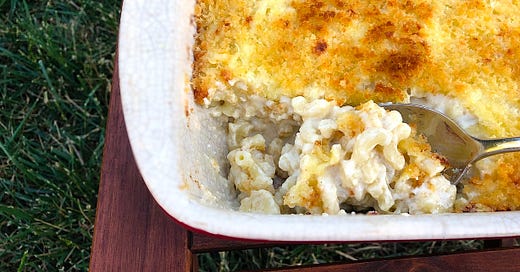



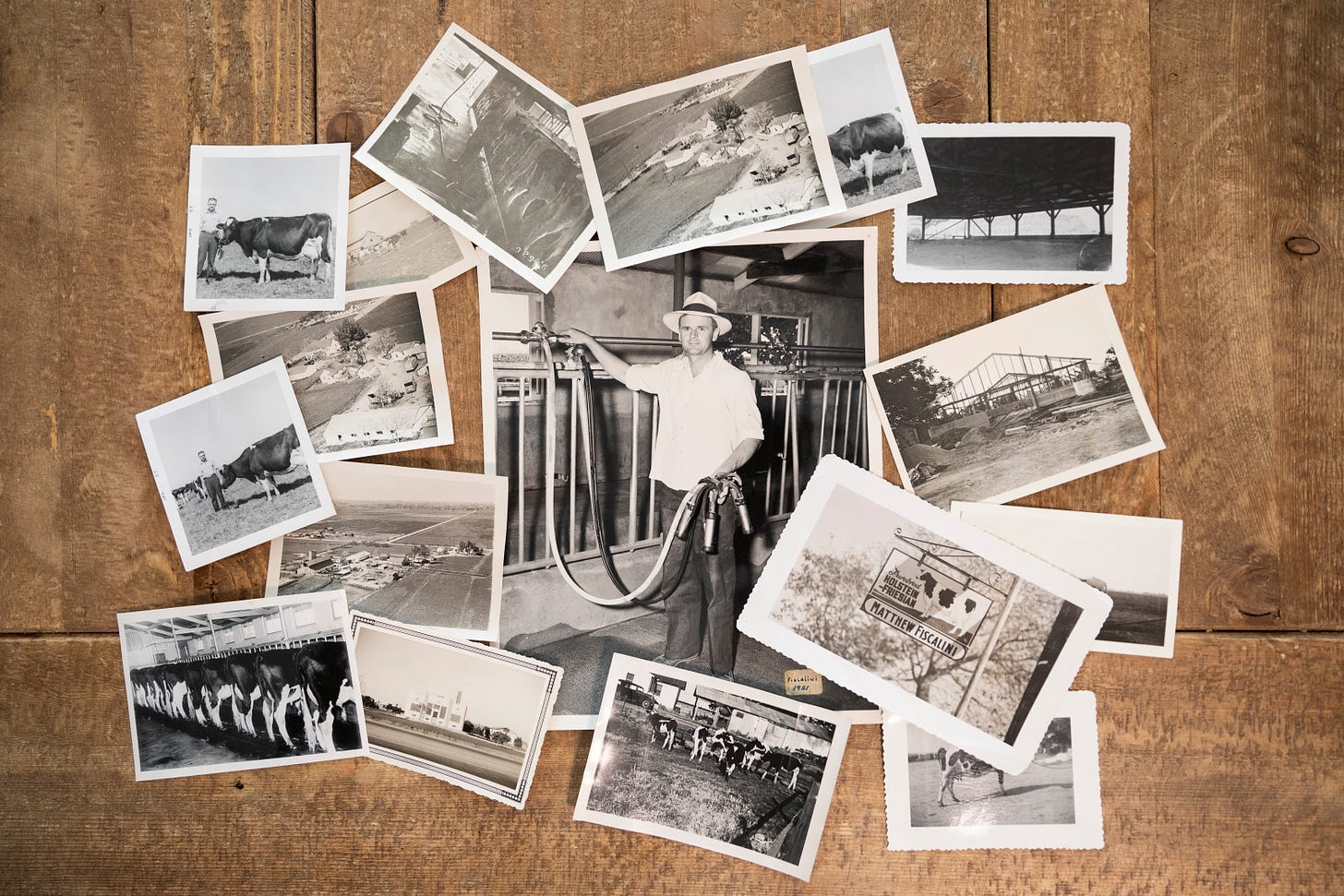
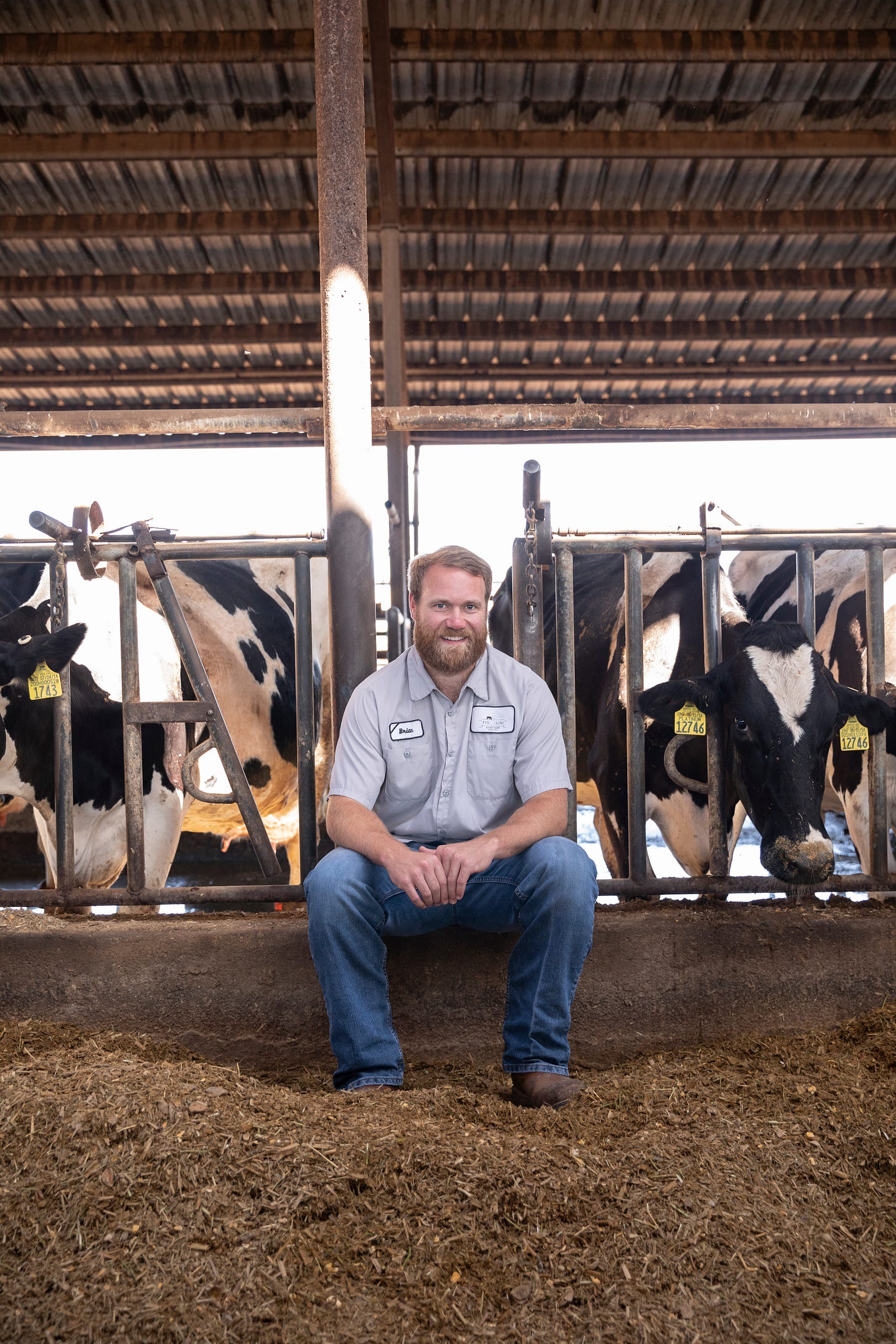
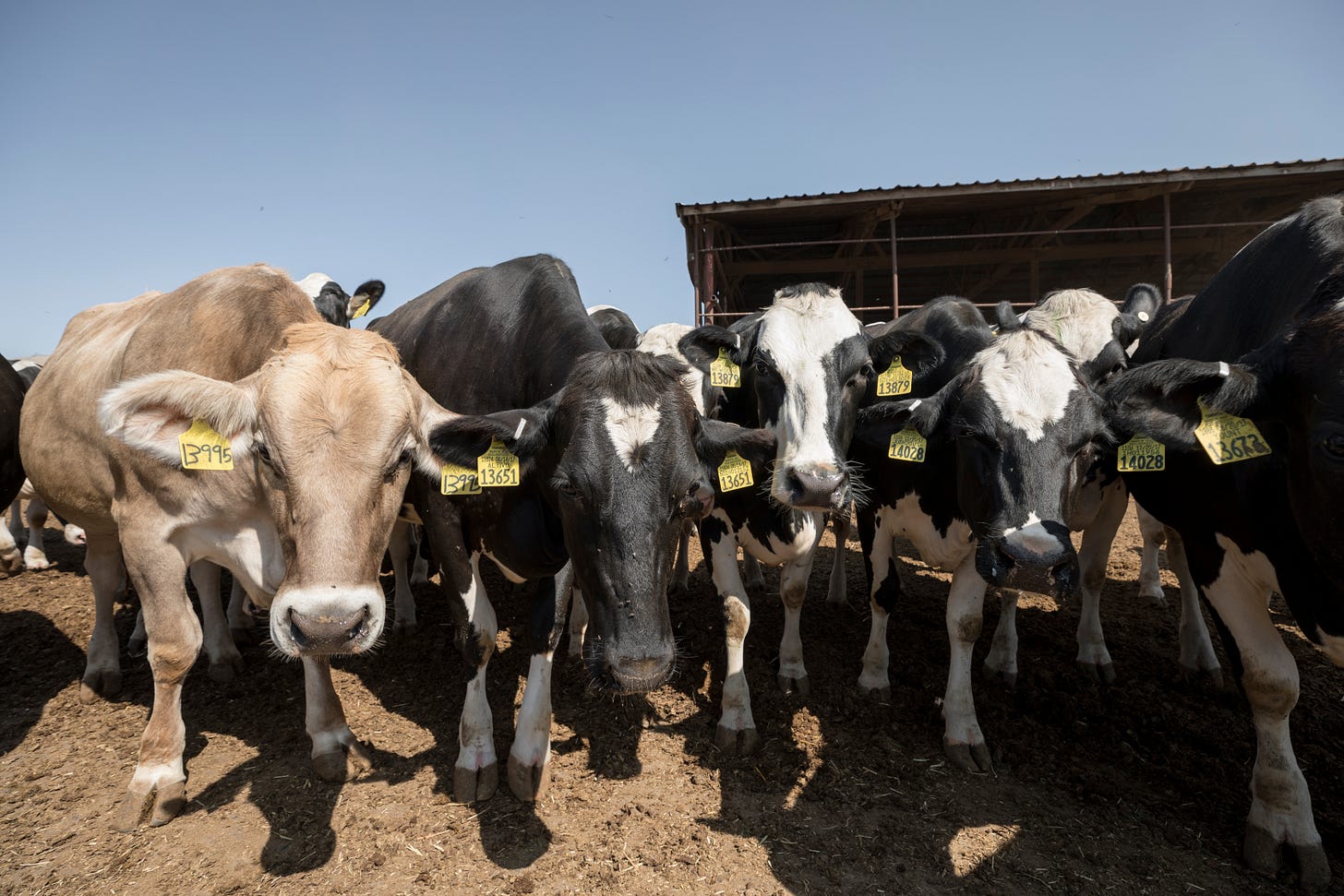
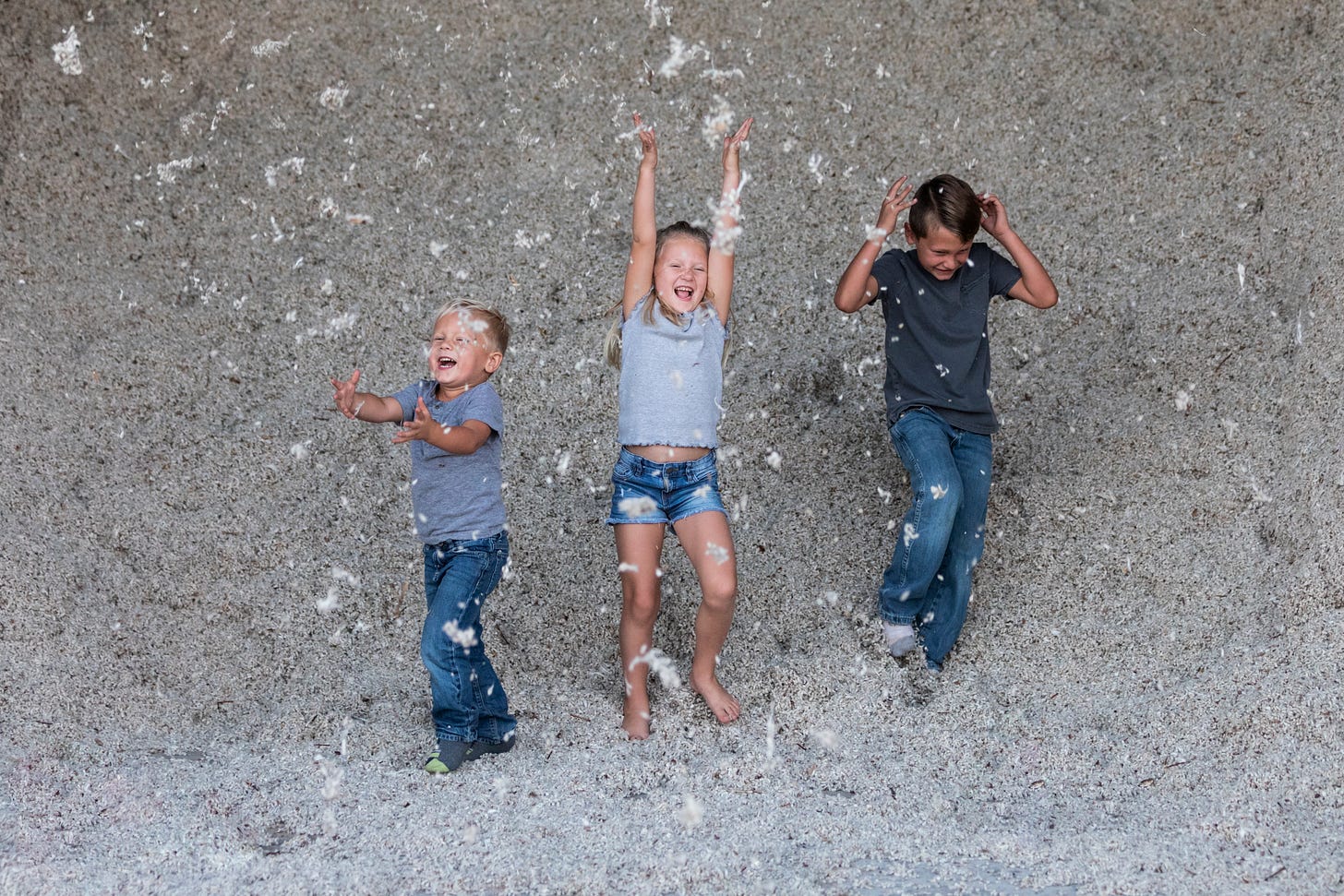
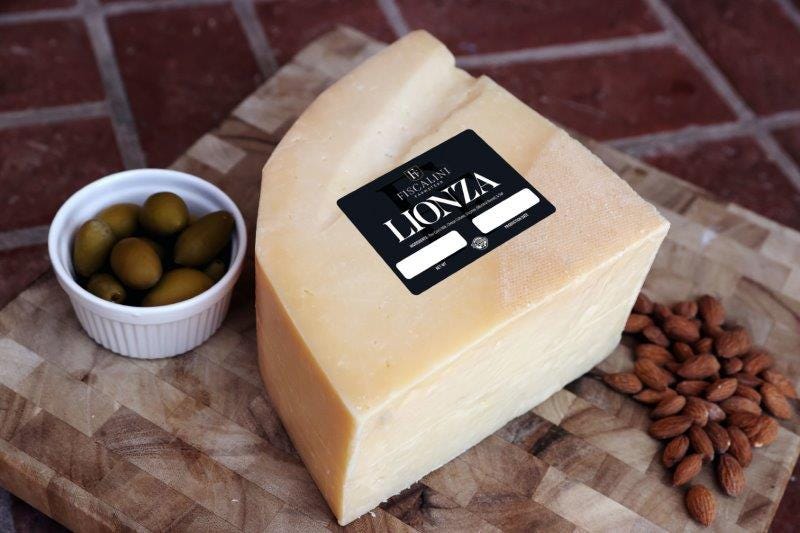
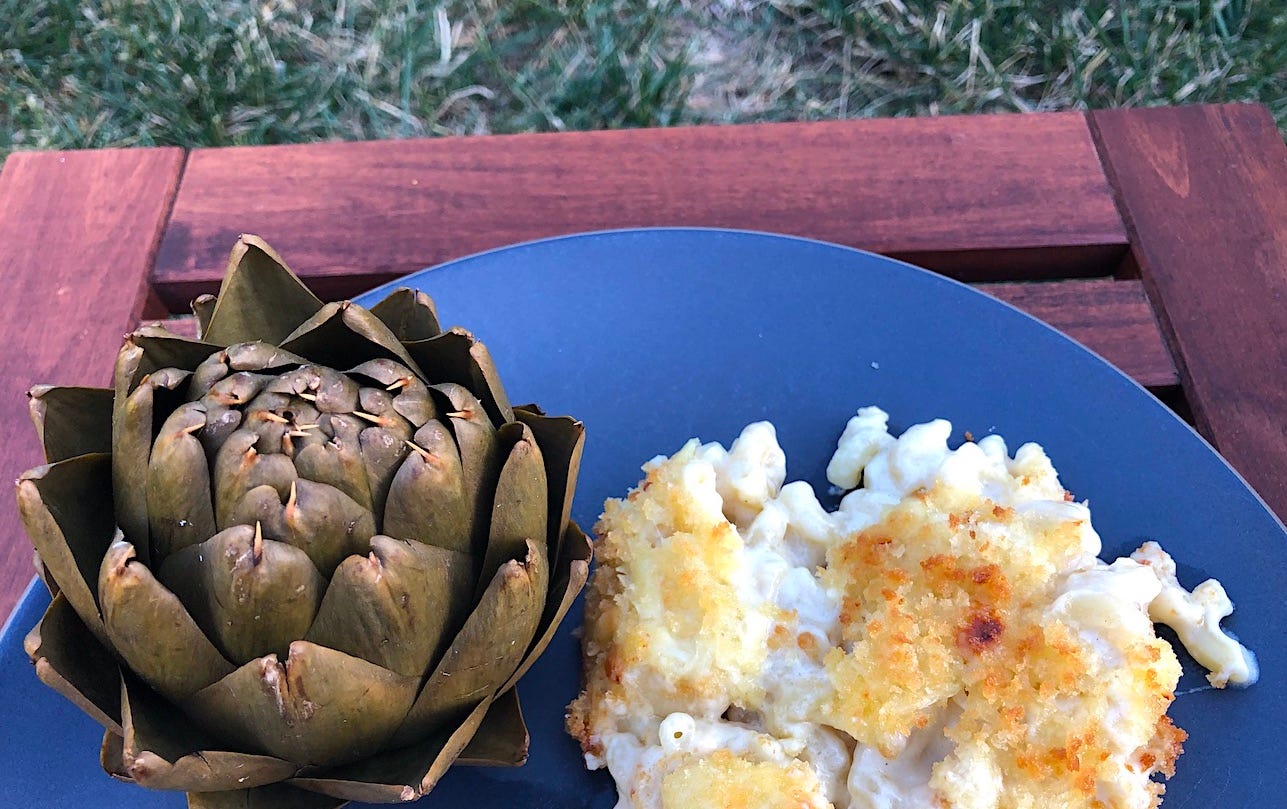
What a lovely interview! I appreciate the friendly, down-to-earth tone. And the recipe looks delish! I have purchased Fiscalini cheese in the past, and I will be sure to look for it again soon. Best to the Fiscalini family and their continued success-